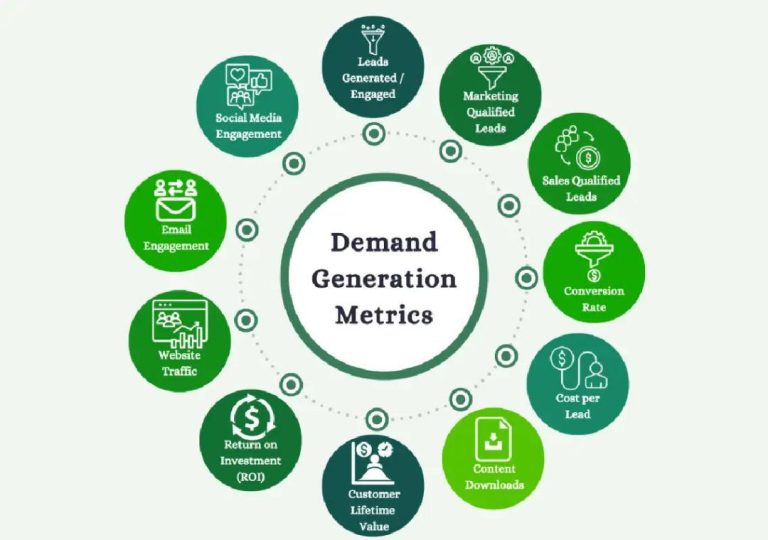
Insta Grabs Attention Fast; FB Builds Lasting Community & Loyalty
In today’s digital landscape, social media platforms have become a crucial part of any brand’s marketing strategy. With the ever-growing competition, it’s essential to understand the unique strengths and weaknesses of each platform to maximize engagement and build a loyal community. In this blog post, we’ll delve into the differences between Instagram and Facebook, exploring how each platform can help you achieve your goals.
Instagram, by design, is a visually-driven platform that thrives on instant attention. The app is built around the concept of “fleeting” content – a post is up, then gone, replaced by the next tantalizing update. This fast-paced environment encourages users to swipe, scroll, and move quickly, making it ideal for grabbing attention and generating initial interest.
On the other hand, Facebook is a platform that fosters dialogue, community, and lasting connections. With its comment section, share buttons, and group features, Facebook encourages users to engage in conversations, share their thoughts, and participate in discussions. This approach creates a sense of belonging and builds loyalty, making Facebook an excellent choice for building lasting relationships with your audience.
To build both brand recall and loyalty, you need the immediacy of Instagram and the stickiness of Facebook. In this post, we’ll explore the user preferences, engagement rates, and strategies for each platform to help you make the most of your social media marketing efforts.
Instagram: Grabbing Attention Fast
Instagram’s instant nature makes it an excellent platform for grabbing attention quickly. With its focus on visuals, Instagram is perfect for showcasing products, services, or events through high-quality images and videos. Here are a few reasons why Instagram is ideal for grabbing attention:
- Visually-driven: Instagram’s focus on visuals makes it an attractive platform for showcasing products, services, or events through high-quality images and videos.
- Fast-paced environment: The app’s fast-paced nature encourages users to swipe, scroll, and move quickly, making it ideal for grabbing attention and generating initial interest.
- Influencer marketing: Instagram’s influencer marketing capabilities allow you to partner with popular influencers in your niche, reaching a wider audience and increasing brand visibility.
To maximize engagement on Instagram, focus on creating high-quality, visually appealing content that tells a story or showcases your products/services. Use relevant hashtags, tag relevant users, and leverage Instagram Stories and Reels to drive engagement.
Facebook: Building Lasting Community & Loyalty
Facebook, on the other hand, is a platform that fosters dialogue, community, and lasting connections. With its comment section, share buttons, and group features, Facebook encourages users to engage in conversations, share their thoughts, and participate in discussions. Here are a few reasons why Facebook is ideal for building lasting community and loyalty:
- Comment section: Facebook’s comment section allows users to engage in conversations, share their thoughts, and participate in discussions.
- Share buttons: Share buttons make it easy for users to share your content with their friends and family, increasing the reach of your posts.
- Group features: Facebook’s group features allow you to create a community around your brand, fostering discussions, sharing, and engagement.
To build a loyal community on Facebook, focus on creating content that sparks conversations, asks questions, and encourages engagement. Use Facebook Groups to create a community around your brand, and leverage Facebook Live to drive real-time engagement.
Comparison of User Preferences and Engagement
According to a recent study by GrowthJockey, Instagram and Facebook have distinct user preferences and engagement rates. Here’s a breakdown of the key findings:
- Instagram:
- 71% of users prefer Instagram for discovering new products and services.
- 60% of users engage with Instagram content daily.
- 55% of users use Instagram to feel connected to brands.
- Facebook:
- 63% of users prefer Facebook for staying up-to-date with friends and family.
- 44% of users engage with Facebook content daily.
- 41% of users use Facebook to join online communities.
Conclusion
In conclusion, Instagram and Facebook are two distinct platforms that serve different purposes. Instagram is ideal for grabbing attention quickly through visually-driven content, while Facebook is perfect for building lasting community and loyalty through dialogue and engagement. To maximize engagement and build both brand recall and loyalty, you need the immediacy of Instagram and the stickiness of Facebook.
By understanding the unique strengths and weaknesses of each platform, you can develop a social media strategy that leverages the best of both worlds. Whether you’re looking to generate initial interest or build a loyal community, Instagram and Facebook can be powerful tools in your marketing arsenal.
Sources:
https://www.growthjockey.com/blogs/instagram-vs-facebook-user-preferences-and-engagement
Note: The article is based on the study conducted by GrowthJockey, and all the statistics and data presented are from the study.






